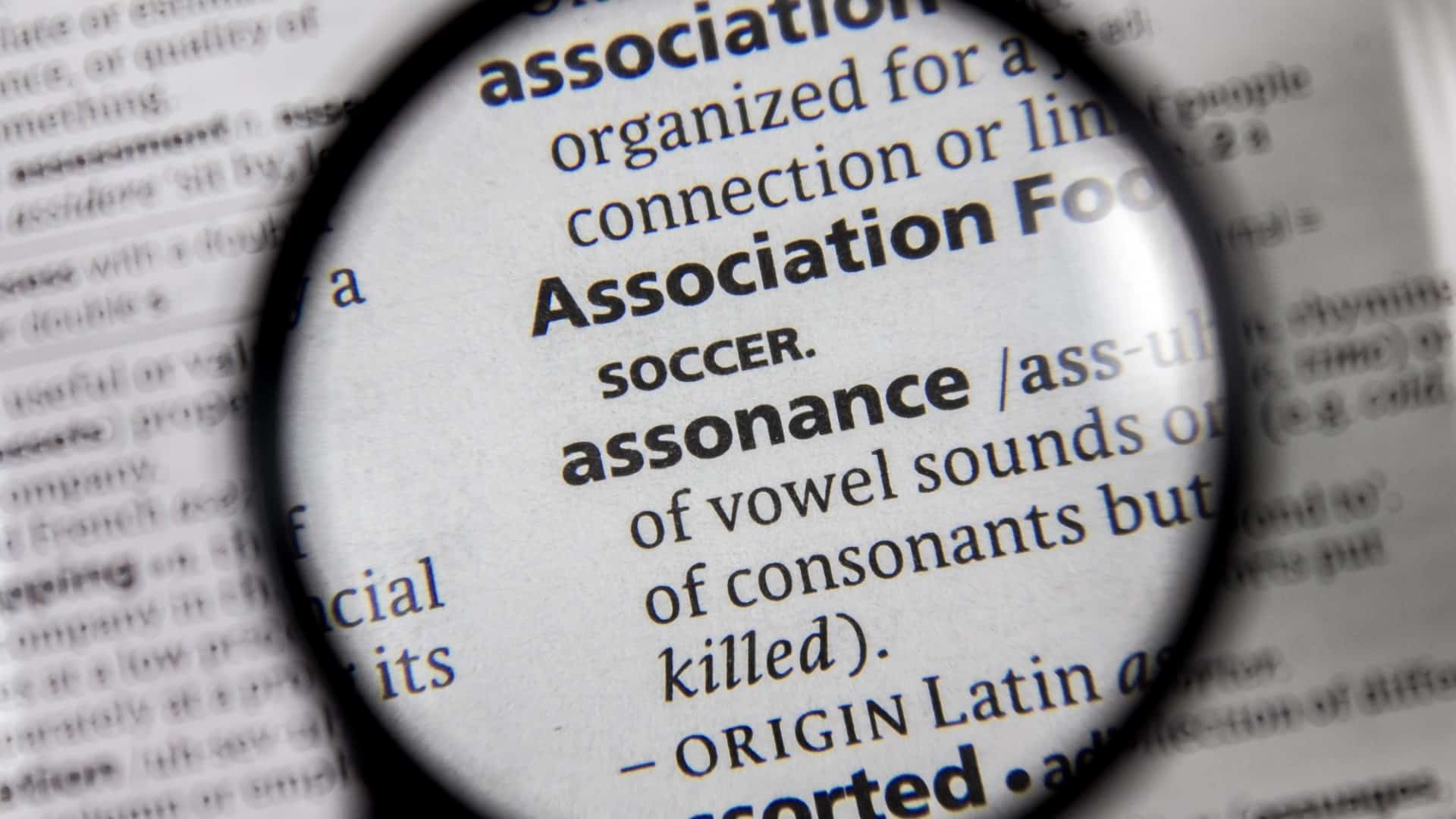Try as I might, I cannot always light the fire to inspire my productivity, despite my desire to do so. While managing tasks at hand, distractions often command my attention, damaging my aspirations by amassing catastrophe and calamity. OK, maybe that’s a tad dramatic, but I was trying to create a rhythm to get you interested and help you understand the figure of speech known as assonance.
So far, I’m guessing you think I’m a bit cuckoo, and maybe that’s somewhat true, but we can discuss that later. Right now, let’s focus on creating rhythmic phrases in our writing, shall we?
What Is Assonance in Literature?
Assonance refers to placing similar vowel or consonant sounds in close enough proximity to create memorable rhythmic phrases. Typically, consonance refers to the repetition of consonants, and assonance refers to repeated vowel sounds.
Once you understand this literary technique and how it enhances your writing and affects your reader, you will have a powerful tool to create lyrical works of art with the written word.

Assonance Definition
assonance (noun): The repetition of similar vowel sounds or diphthongs within words, sentences or phrases close enough to one another to create a discernable rhythm using nonrhyming stressed syllables.
Assonance Purpose
The primary function of assonance is to create rhythm. Poets often employ this poetic device to guide the reader naturally through the poem, creating a flowing effect that stresses the intended syllables. Assonance can set the mood and tone of your writing and create indelible passages that the reader will linger on and remember. This approach grabs people’s attention, making your work more attractive and intriguing. The melodic quality of assonance pulls the readers through the words and embeds them in their memories.
Assonance Examples
Writers use assonance in all types of works. Here are some examples:
Poetry
You often see assonance in poetry due to its melodic nature and ability to evoke a mood.
In John Updike’s poem, “Player Piano,” he uses many literary devices to create rhythm. In the last stanza, he uses assonance to produce an effect on the reader:
“At times I’m a jumble of rumbles,
At others I’m light like the moon
But never my numb plunker fumbles,
Misstrums me, or tires a new tune.”
In “Ode on a Grecian Urn” by John Keats, we experience the effect of this literary device in the first two lines:
“Thou still unravish’d bride of quietness,
Thou foster-child of Silence and slow Time,”
The poem “Travel” by Edna St. Vincent Millay repeats the long “a” sound to create a train-like cadence:
“The railroad track is miles away,
And the day is loud with voices speaking,
Yet there isn’t a train goes by all day
But I hear its whistle shrieking.”
Novels
Authors use assonance in novels and other literary works to create atmosphere, enhance or emphasize a phrase or connect the reader to the prose by devising a memorable flow.
Some examples in literature include:
- “Lolita” by Vladimir Nabokov: “A lanky, six-foot, pale boy with an active Adam’s apple …”
- “In Our Time” by Ernest Hemingway: “There were wet dead leaves on the paving of the courtyard. It rained hard. All the shutters of the hospital were nailed shut.”
- “A Portrait of the Artist as a Young Man” by James Joyce: “Soft language issued from their spitless lips as they swished in low circles round and round the field, winding hither and thither through the weeds.”
Everyday Expressions
Many common expressions use assonance:
- Don’t let the cat out of the bag.
- It was just dumb luck.
- The early bird catches the worm.
- The squeaky wheel gets the grease.
Songs
Using assonance in lyrics is an effective way to build rhythms and emphasize words or ideas. Some examples include:
“Something in the Way” by Nirvana
“And the animals I’ve trapped
Have all become my pets
And I’m living off of grass
And the drippings from the ceiling”
“ME!” by Taylor Swift
“I promise that you’ll never find another like me
I know that I‘m a handful, baby, uh
I know I never think before I jump
And you’re the kind of guy the ladies want”
The rapper Eminem is adept at using assonance to structure phrases and add weight to certain words in his songs:
“Without Me” by Eminem
“Some vodka that’ll jump start my heart quicker
Then a shock when I get shocked at the hospital
By the doctor when I’m not cooperating
When I’m rocking the table while he’s operating”

Why Do Writers Use Assonance?
Word choice affects many aspects of your writing. Assonance intensifies your language, creating memorable sequences of words that evoke a particular mood, produce a rhythm or cause the reader to notice and make deeper connections with the material.
This literary technique creates pleasant-sounding sections that are enjoyable to read. It can enhance the significance of words in an impactful manner by generating the meaning rather than telling you directly.
By calling attention to your words in this way, you can relay greater meaning and weightiness to convey the style of your poetry and prose more persuasively. Leave a comment below to give us a brief rundown of your ideal examples of assonance.


Leave a Reply